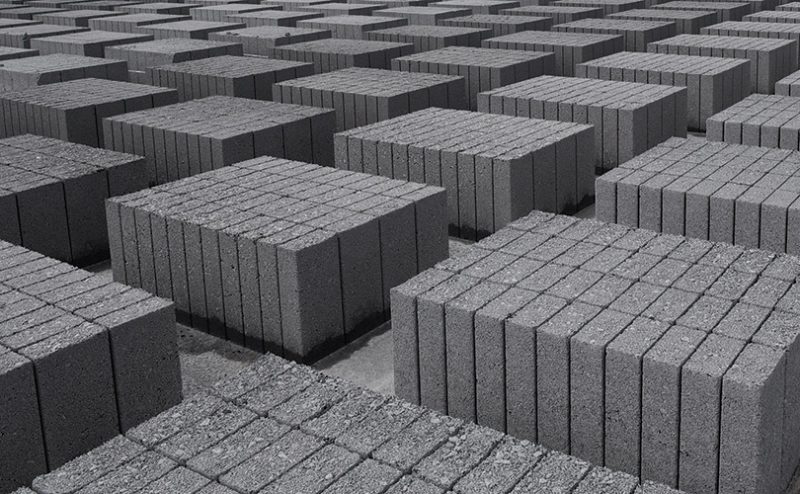
The latest Housing Market Monitor Q1 2022 published by Banking & Payments Federation Ireland (BPFI) shows that while an increase in supply in housing may be easing the growth in property prices, this could be offset by the cost pressures building up in relation to construction input prices which could have a knock-on effect on housing price inflation.
Outlining the key findings from the Monitor, Brian Hayes, BPFI Chief Executive said: “Price developments in the Irish residential property market have been driven mostly by the lack of supply in the market. Housing price inflation slowed between the second half of 2019 and reversed in the second half of 2020. However, average residential property prices have been increasing since early 2021. Nationally property prices have more than doubled from their low in early 2013. The increase has been highest in Dublin with average prices rising by 122.5% since their February 2012 low.”
Housing price inflation may be easing as supply increases
“However, while house prices are continuing to rise, the rate of that increase may now be easing as housing supply also increases. Figures show the rate of increase in average property prices has been declining on a monthly basis since the middle of last year, which may reflect increasing housing supply. With the most recent data showing there were 32,456 units commenced in the twelve months to April 2022, this is a healthy sign of the pipeline for completions.Notwithstanding the fact that apartments account for an increasing share of housing output and these take longer than houses to complete, we should see a significant increase in the number of units completed in the second quarter of 2022. This increase in supply should help to alleviate some of the pressure on average prices.”
Pressures building up in relation to construction input prices
However despite the easing in price inflation the Monitor cautions against the knock on impact of cost pressures which are building in relation to construction input prices. Mr Hayes continued: “Leading indicators such as the BNP Paribas Real Estate Construction Purchasing Managers Index for May 2022 shows that cost pressures were severe in April, the second fastest rise in input prices since the survey began in June 2000, just behind the record posted in October 2021. Annual inflation for building and construction materials was running at 18.2% in April 2022, where annual inflation for some materials such as metal and wood ranged between 50% and 60%. In addition, preliminary estimates from the CSO show that average hourly total labour costs increased by 15.2% in the construction sector during the first quarter of 2021 compared with a 4.9% increase across all sectors during the same period.”
Minimising the impact of building cost inflation on home prices
With housing output due to increase significantly over the next two years the Monitor concludes that it will be crucial to analyse cost challenges in the construction sector and minimise the impact of building cost inflation on home prices. Mr Hayes concluded: “The capacity of the construction sector is increasing and the latest data show that there were over 160,000 people employed in the sector, up 10% since the end of 2019 prior to the pandemic. With a significant pipeline evident from the commencement activity, we see housing output increasing significantly over the next two years. However, while building more homes in order to try meet required demand, it will be important to scrutinise cost increases in the sector and, where possible and minimise the impact of building cost inflation on home prices. This could help to provide better affordability for potential home buyers given that average home prices are increasing faster than the incomes of potential home buyers.”
The BPFI Housing Market Monitor is available on the BPFI website here.